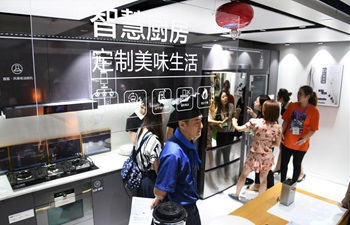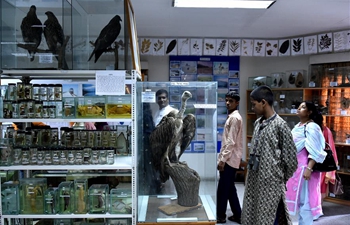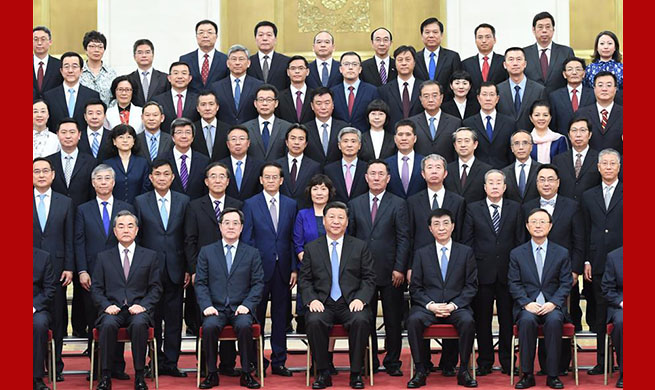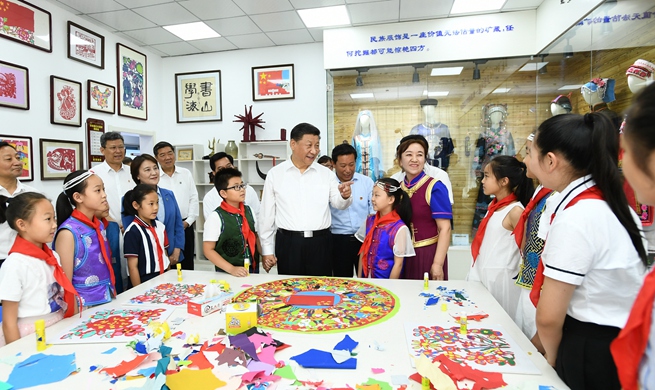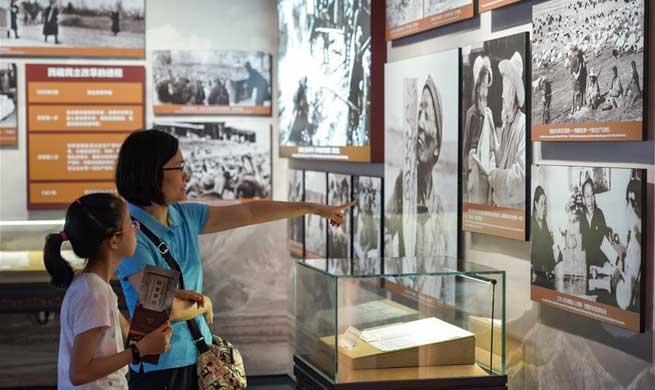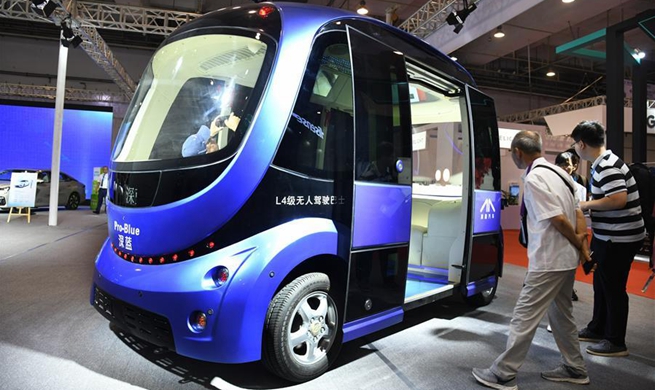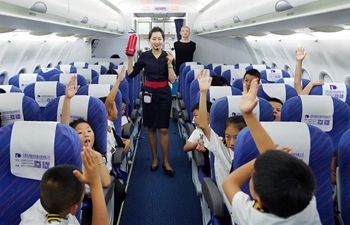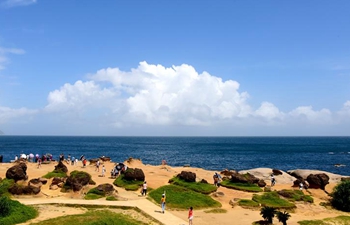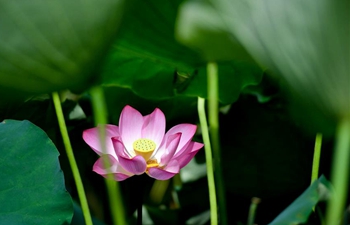BEIJING, July 19 (Xinhua) -- China's space lab Tiangong-2 reentered the earth's atmosphere under control at around 9:06 p.m. on Friday (Beijing time), China Manned Space Agency (CMSA) said.
A small amount of the spacecraft's debris fell into the predetermined safe sea area in the South Pacific, according to the agency.
Tiangong-2's controlled reentry into the atmosphere marks the successful completion of all the tasks in the space lab phase in China's manned space program, said Zhou Jianping, chief designer of China's manned space program.
Efforts are being made to step up preparations for constructing China's space station, CMSA said.
Tiangong-2, an improved version of Tiangong-1, is considered China's first space lab. Launched on September 15, 2016, the space lab has worked in orbit over 1,000 days, much longer than its 2-year designed lifespan.
Comprising an experiment module and a resource module, the space lab has a total length of 10.4 meters, a maximum diameter of 3.35 meters and a takeoff weight of 8.6 tonnes. After its solar panels are unfolded, its wingspan reaches 18.4 meters.
Tiangong-2 has docked with the Shenzhou-11 manned spaceship and Tianzhou-1 cargo spacecraft. Chinese astronauts Jing Haipeng and Chen Dong stayed for a period of 30 days in the space lab.






